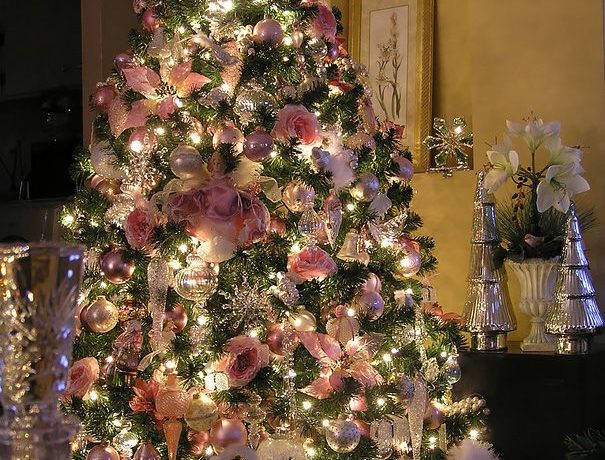Everyone wants to know where to find the perfect tree and how to make it last. The last two years there has been a shortage of trees so this year especially the word has been get your tree sooner rather than later or you will pay more and may not find the tree your looking for. So if your looking for a tree still here are some tips on getting that tree. If you have your tree and want help making it last we got that for you too.

BUYING THE PERFECT CHRISTMAS TREE
- If possible, buy a freshly-cut tree from a reputable nursery or cut your own (with the land owner’s permission). Many of the trees for sale were cut weeks before.
- If you’re buying a tree that can be replanted later, keep in mind that a very small percentage of these trees survive after being indoors in the winter. Freshly-cut Christmas trees are farmed specifically for their purpose and support local agriculture.
- The top-selling Christmas trees, as reported by growers across the United States, are the Scotch pine, Douglas fir, white pine, and balsam fir, in that order.
- If there are lots of needles on the ground around the trees, go elsewhere.
- To check a tree’s freshness, pull your hand towards you along the branch. Needles should not fall off.
- If you want to keep your Christmas tree potted and in the house after Christmas, a Norfolk Island pine would be the best choice—they are commonly kept as houseplants. Check with a local florist or nursery in your area.
CARING FOR YOUR CHRISTMAS TREE
- When you bring your tree home, saw a couple inches off the bottom of the trunk before setting in water. When trees are cut, pitch oozes out and seals the pores. By sawing off the base, you will open up the pores, and the tree will be able to absorb water.
- Watering is critical. A freshly-cut tree can consume a gallon of water in 24 hours!
- Fill the tree stand with water and keep it filled.
- Never let the water level go below the tree’s base.
- Indoors, keep the tree away from heating ducts or other heat sources. In fact, the lower the temperature, the better the tree will do.
- One old Vermonter we knew always packed his tree stand with well-watered soil and planted the tree in the mixture. The soil should be kept wet.
- Some people add aspirin or sugar to the water; we can’t say whether either helps. Again, water is the vital element.




